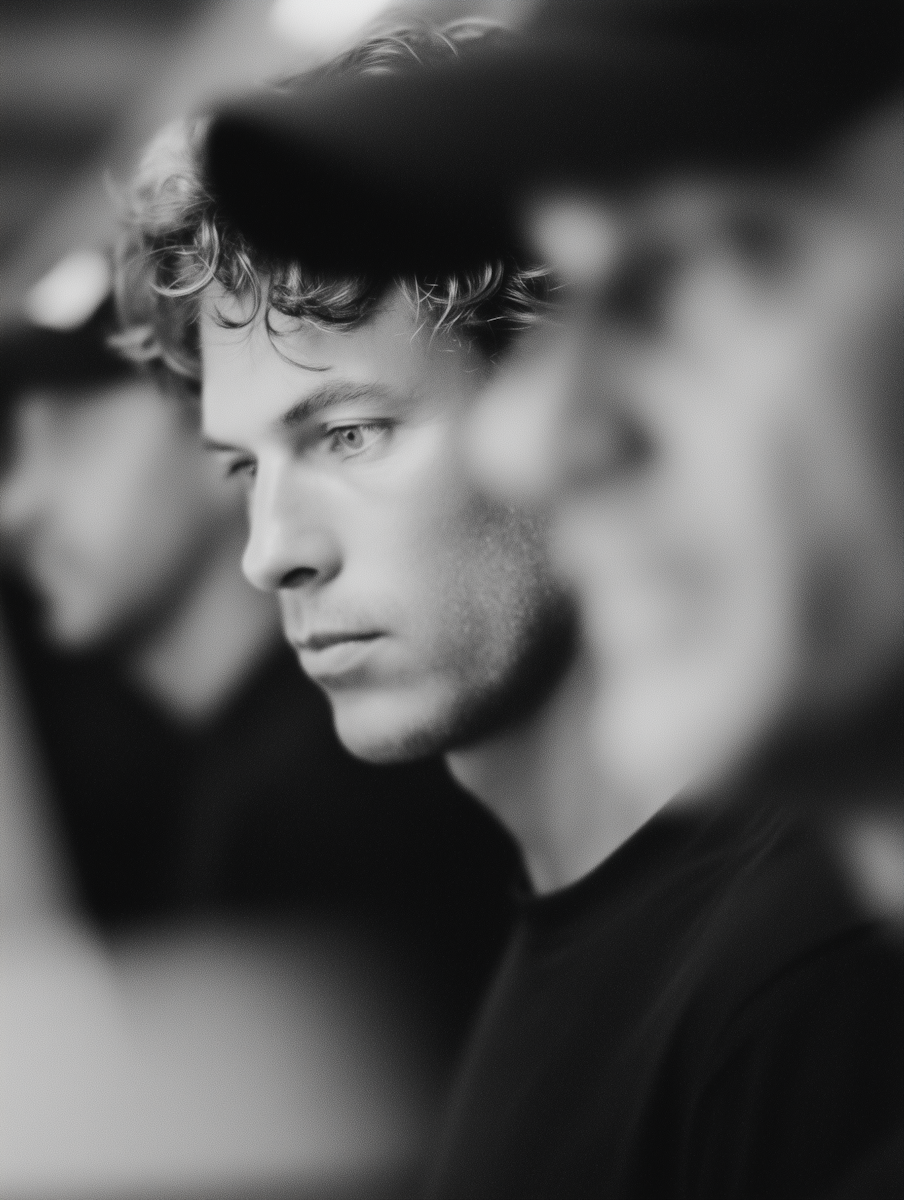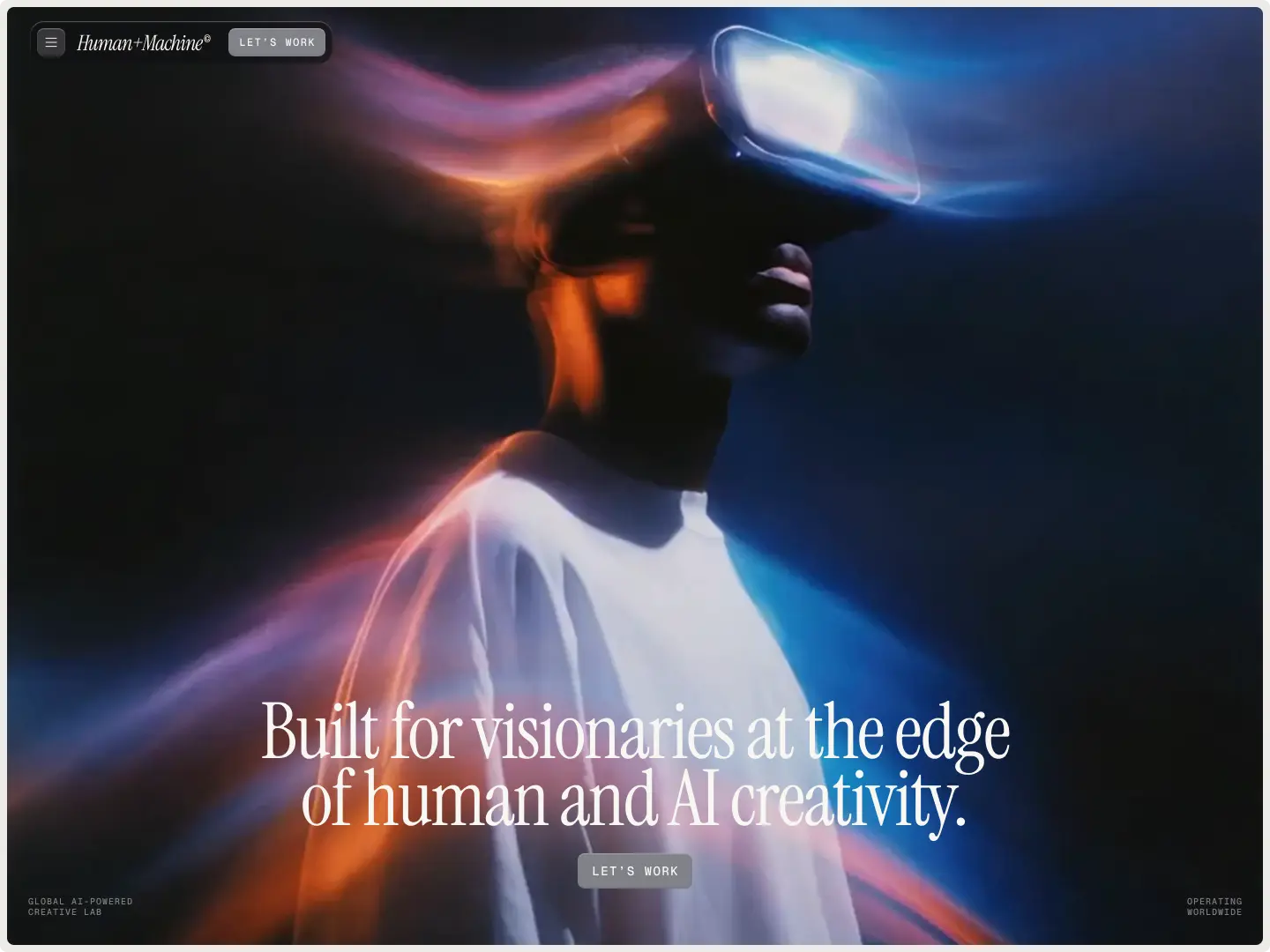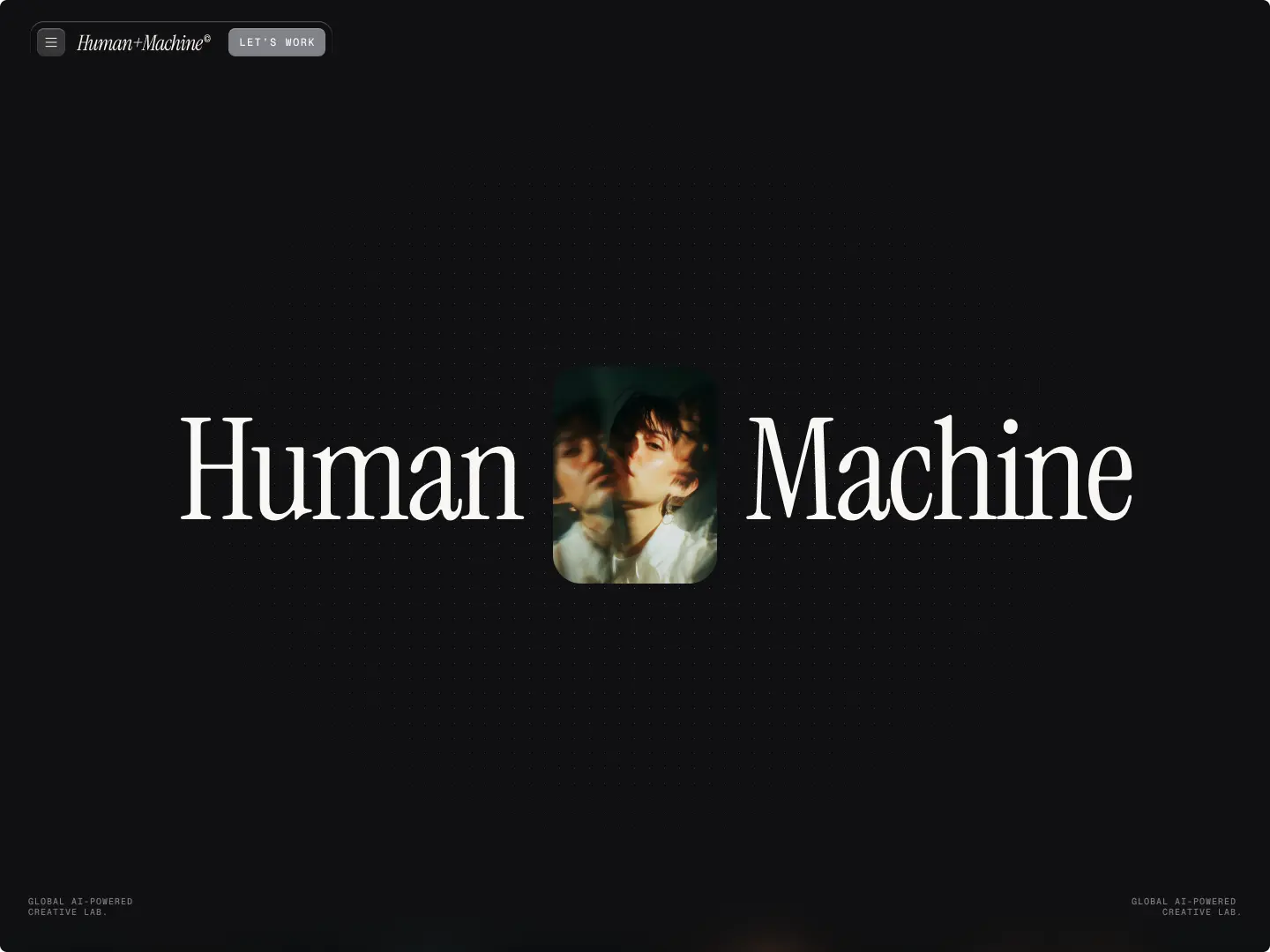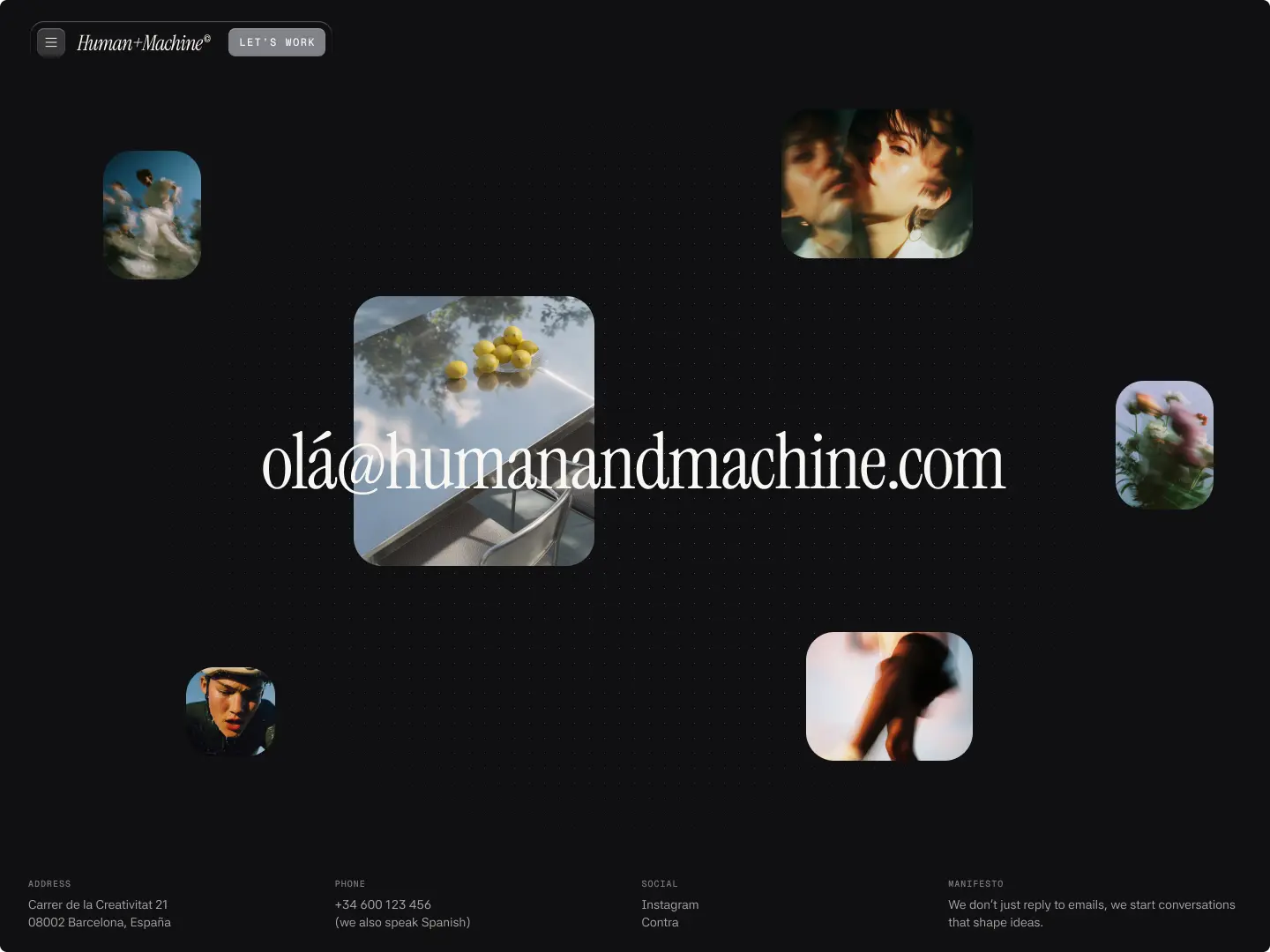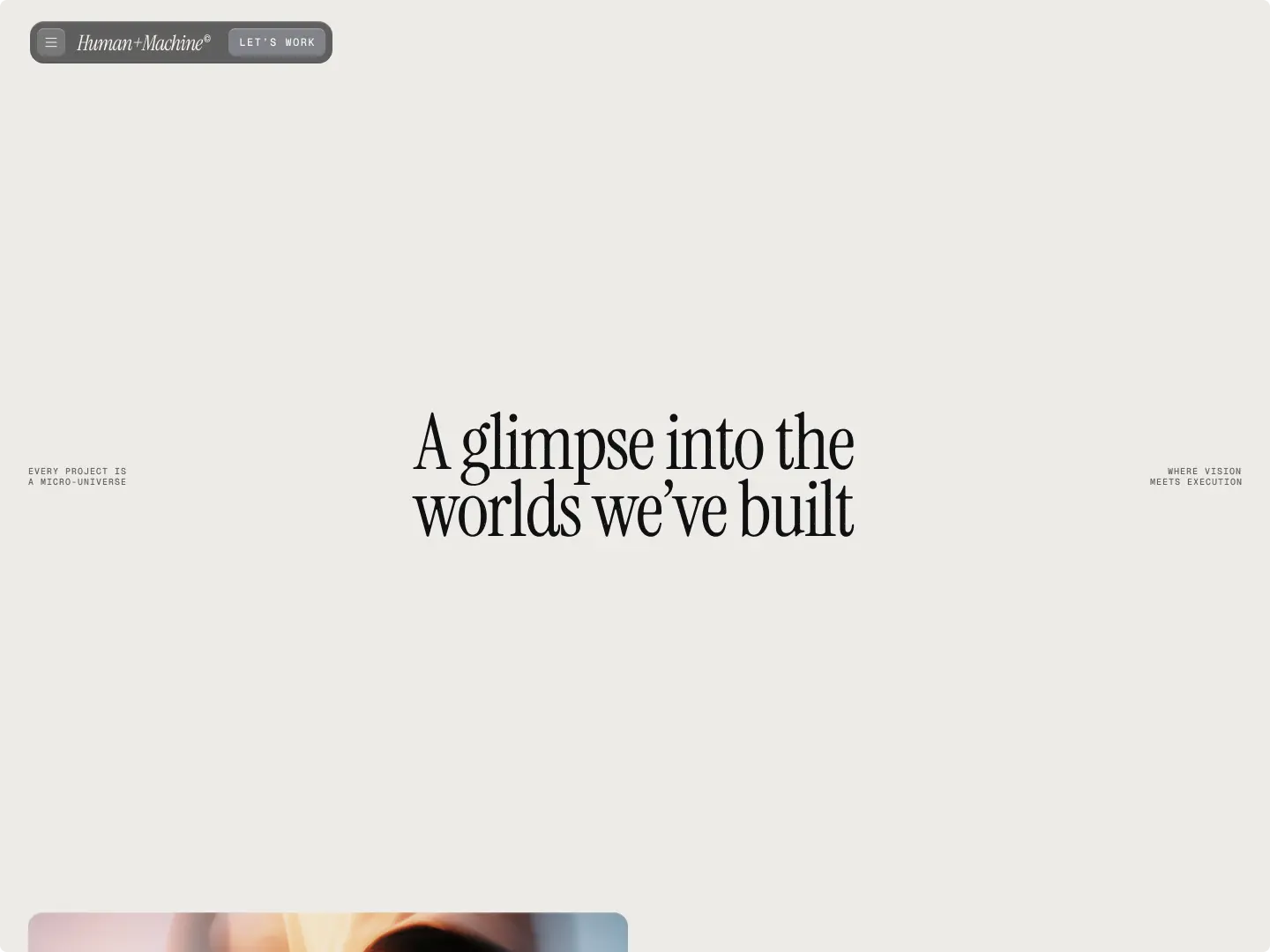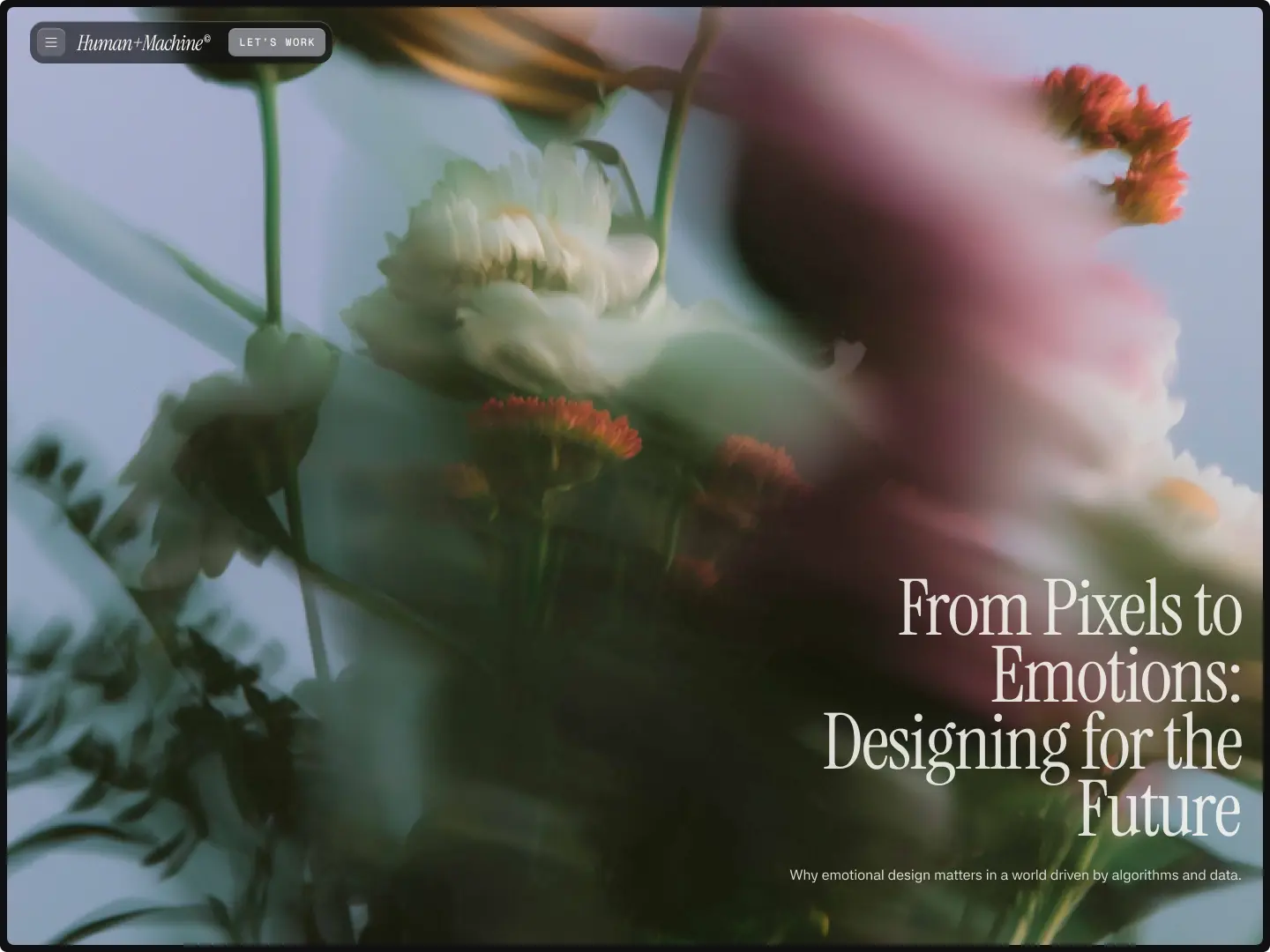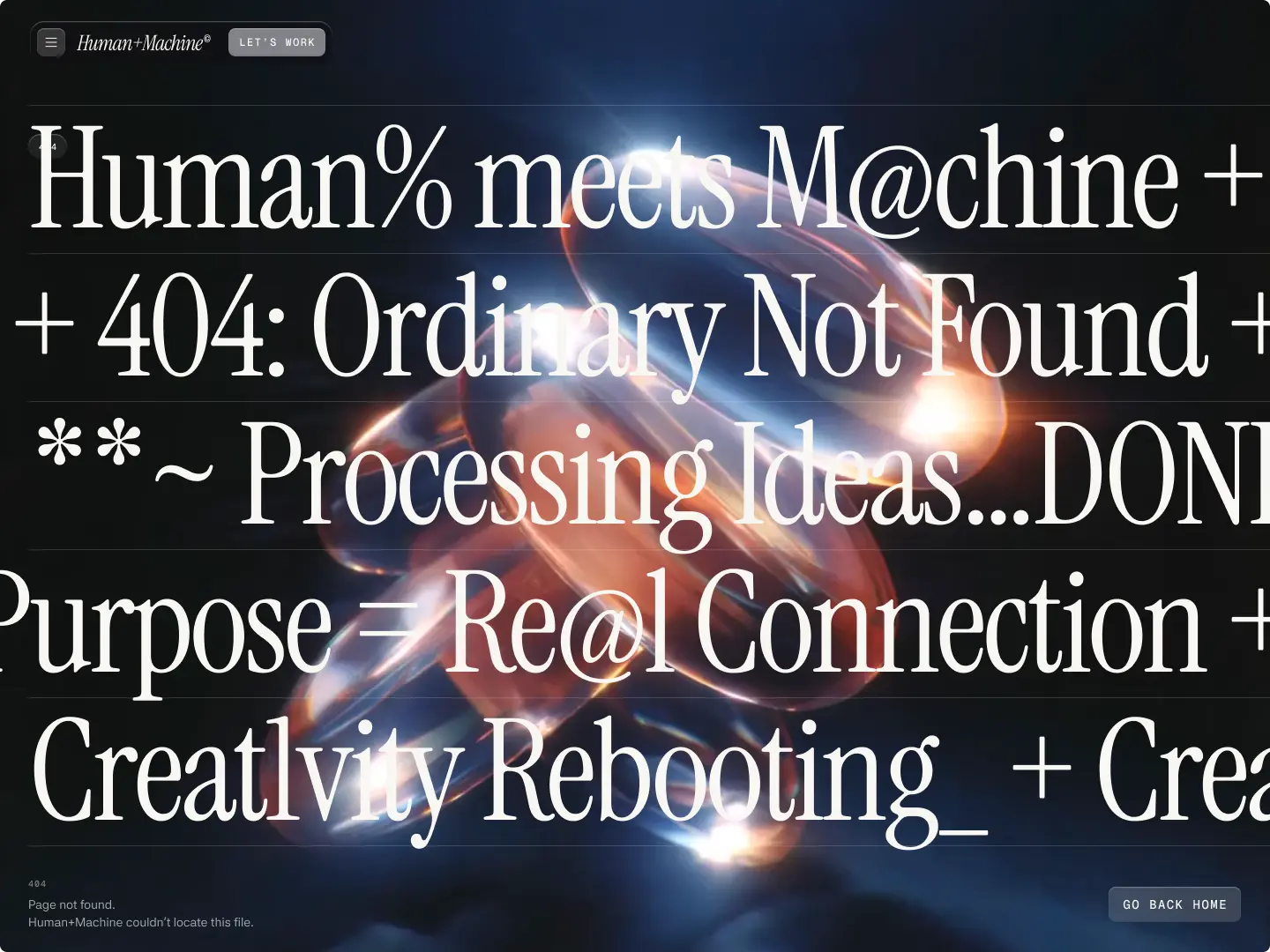In a digital world saturated with data, the true differentiator is human connection. This article delves into why emotional design is no longer a luxury, but a necessity for creating meaningful and lasting user experiences.
For years, the focus of digital design was on usability and functionality. We measured success in clicks, conversions, and task completion rates. The pixels had to be perfect, the grids aligned, the user flows seamless. And while technical excellence is crucial, it's only half the equation.
In today's landscape, users don't just want products that work; they want products that feel. They seek experiences that resonate, delight, and build a genuine bond. This is the shift from pixels to emotions.
Emotional design isn't about superficial embellishments. It's a deeper methodology that considers the user's feelings at every touchpoint. It's the subtle animation that brings a smile, the reassuring microcopy that calms anxiety, or the color palette that evokes a sense of trust.
It's about designing not just for the task at hand, but for the human being performing it. When we design for emotion, we create products that people don't just use, but love.
For the human, not just the user.
You don't need a massive budget or a complete overhaul to start designing for emotion. It begins with empathy. It starts by asking different questions.
Instead of just 'Can the user complete this task?', we ask 'How does the user feel while completing this task?'.
It's about finding small moments in the user journey to inject personality, warmth, and understanding. One thoughtful illustration, one carefully chosen word, can transform a sterile interaction into a memorable moment.
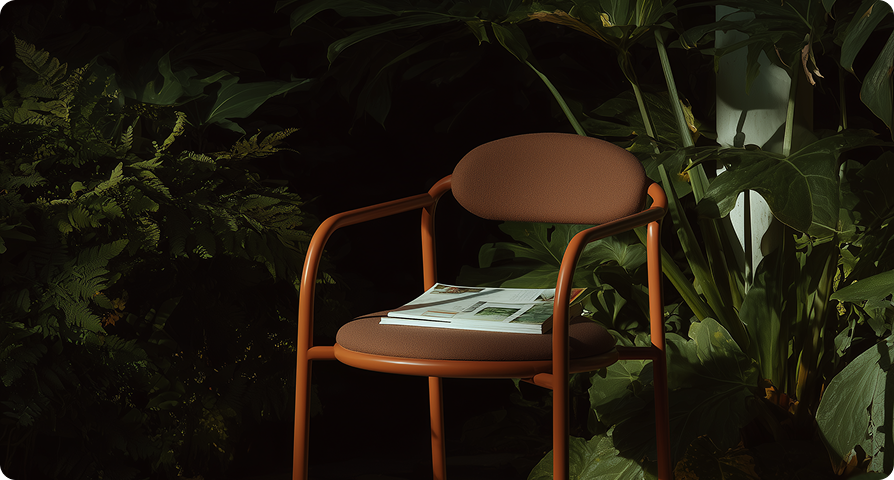
Functionality is expected. Emotion is remembered.
I've seen this shift in my own work and in the products I admire most. The ones that stick with you aren't always the most feature-packed or technologically advanced. They are the ones that feel human.
Their presence is comforting. Engaging. Authentic. The moments I focused solely on the technical execution—the perfect pixel grid, the flawless code—often resulted in products that were functional but forgettable.
But when I took a step back to consider the emotional journey, to design for delight and connection, the work became more impactful.
It was about building with heart, not just with code.



